MusicRadar Verdict
Great for listening, DJ-ing, location recording and tracking, but perhaps not the best choice for mixing on, the HD 25’s are Senn-sational, all-round workhorse headphones that you should be able to rely on for years to come.
Pros
- +
Great sound
- +
Excellent isolation
- +
Incredibly lightweight
- +
Replaceable components
Cons
- -
Can be fatiguing to wear for some
- -
Not the best solution for mixing
MusicRadar's got your back
What is it?
Originally distributed to airline passengers to combat the loud engine noise on Concorde flights back in the 1980s, Sennheiser’s HD 25 headphones are already very highly regarded in the professional audio arena, long having been a favourite of studio owners and DJs in particular (in fact they feature in our guide to the best DJ headphones).
2020 marks Sennheiser’s 75th year in the business, so by way of celebration, in June the company released 25,000 limited-edition anniversary pairs of their famous HD 25 DJ headphones, resplendent with bright yellow earpads. This anniversary edition is the pair that we were sent for review – order a pair at the time of writing though, and you’re more likely to receive the standard, identical-sounding all-black model that’s been a regular sight in DJ booths across the globe ever since the first examples, er, ‘liberated’ from Concorde ended up in the clubs.
DJ’s appreciate the HD 25’s ability to perform in noisy environments, delivering above-average, jet-engine-noise-beating sound exclusion, plus great quality sound while handling high SPL’s, coupled with a swivelling ear cup design that allows you to flip off the left can easily while in the booth. Studio owners and location recordists, meanwhile, have grown to love them for their rugged, modular design, (all parts including earpads, cable, clamp and headband padding are replaceable), lightness and all-round chuckability.
- Best studio headphones: top headphones for music production
- Best budget studio headphones: cheap headphones for smaller budgets
- Our pick of the best Sennheiser headphones for recording
Performance and verdict
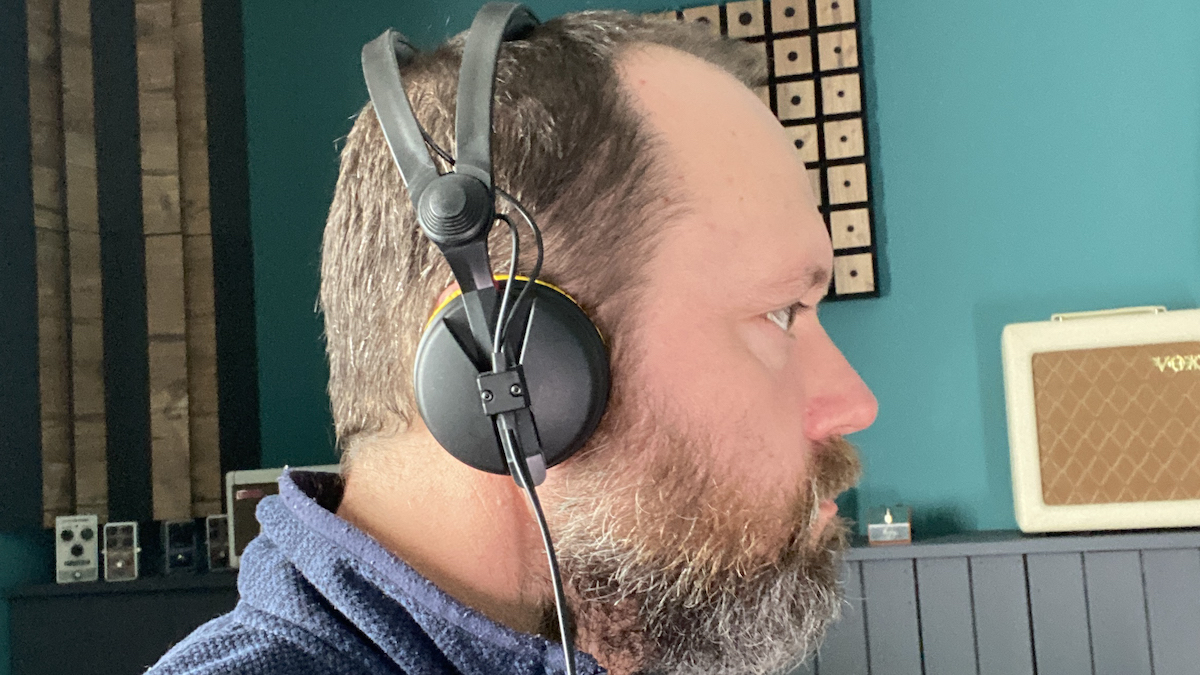
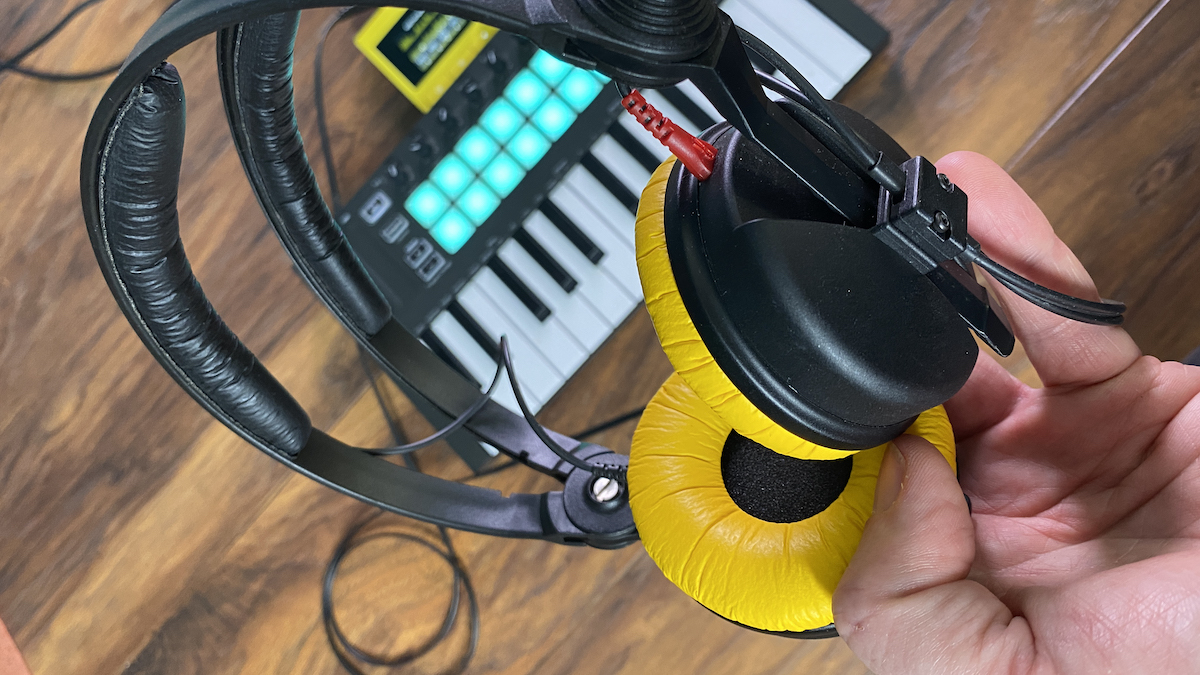
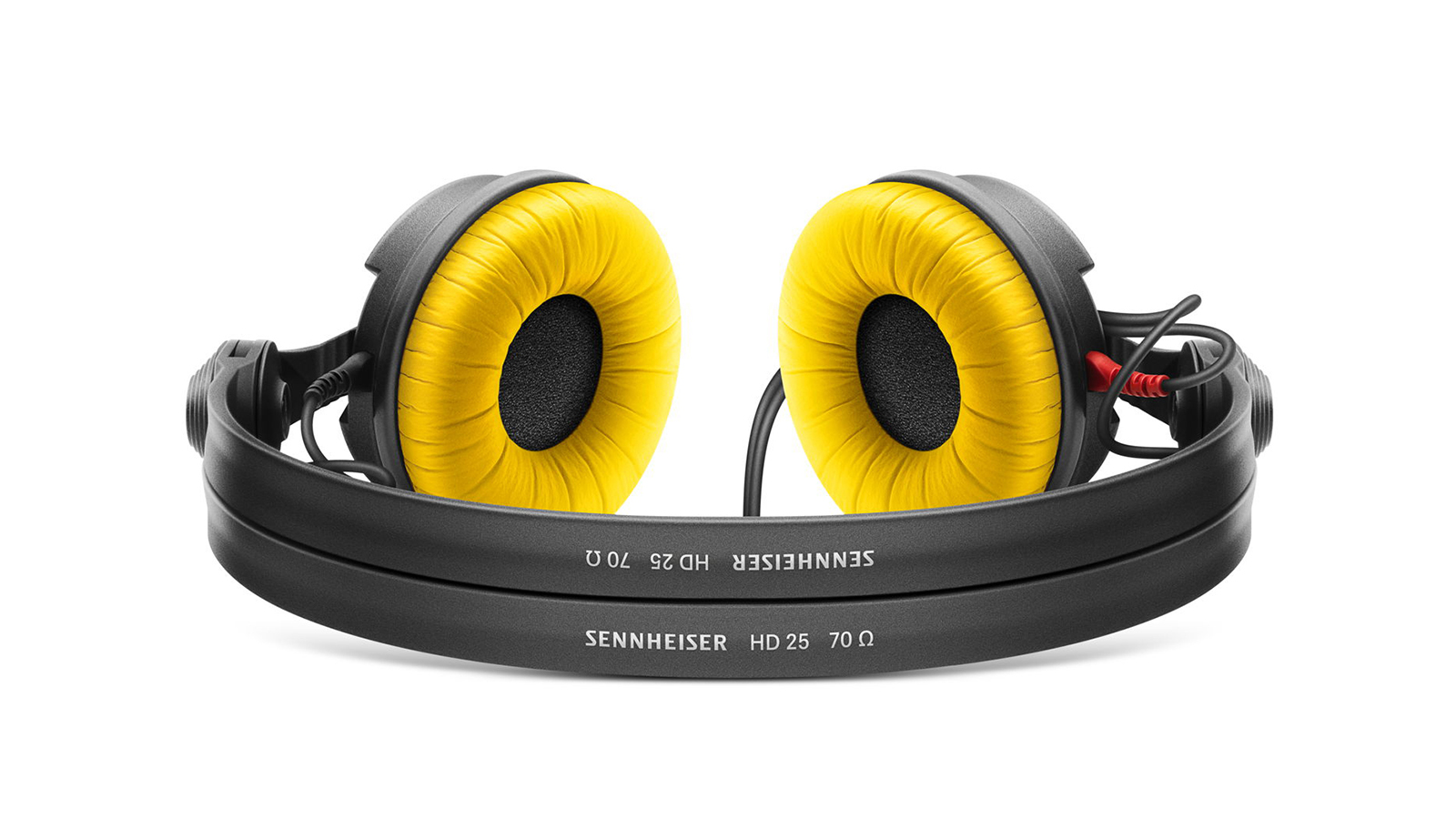
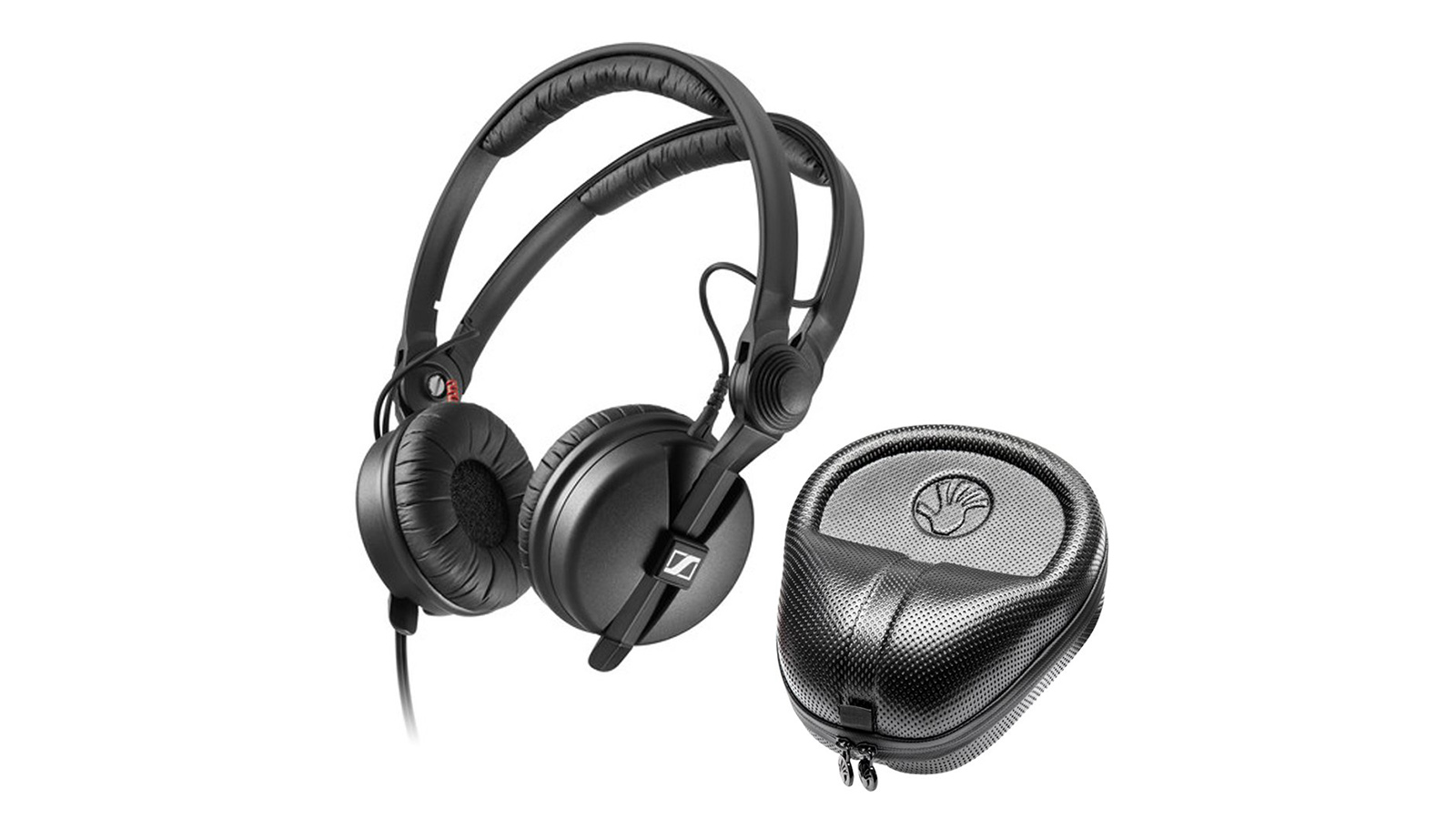
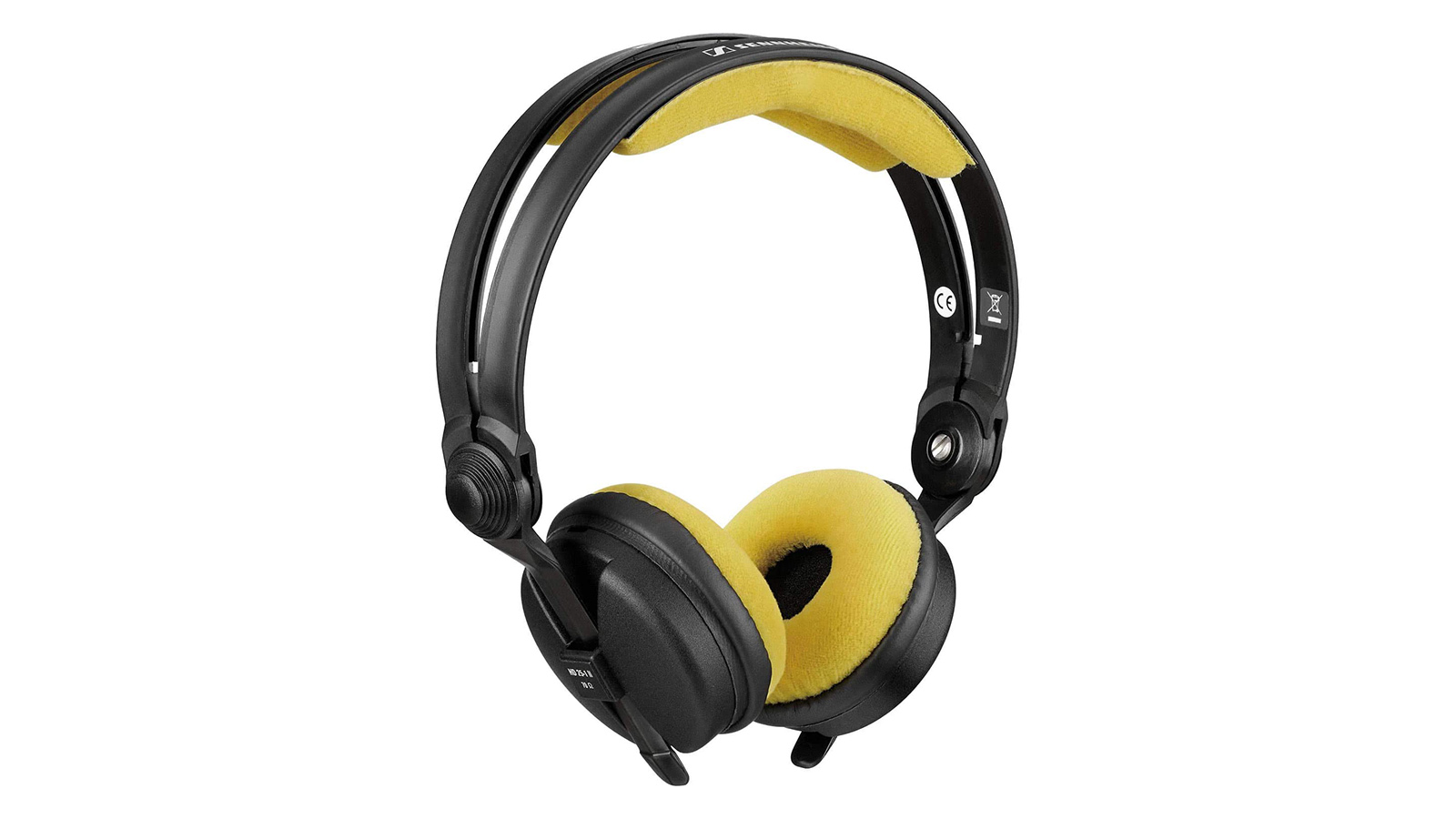
HD 25’s come in three trim levels, each priced accordingly, kicking off with the HD 25 Light at $99/£87 with a single, slim headband, double-sided cable and fixed earcups. The standard $149/£129 HD 25 we tested, with its split headband and rotating ear cup, occupies the centre of the range, while the HD 25 Plus delivers an extra cable, spare earpads and a storage pouch for $199/£179. Interestingly, there’s no apparent difference in spec sound-wise between the three, making the Light version something of a bargain and the extra £50 you pay for the Plus version somewhat questionable.
The HD 25 is classed as a supra-aural (on-ear), closed-back headphone design, meaning that the ear cups sit on the outer part of the ear rather than surrounding them completely like the more common, ‘circumaural’ closed-back designs. This has the advantage of making them super-light, as the ear cups themselves are relatively compact. The firm headband tension means that the ear pads sit tightly on the sides of your head, with a claimed contact pressure of around 2.5N ensuring minimal sound leakage in or out. The resulting isolation from external noise and respectable spill performance thereby make the HD 25’s excellent candidates for the recording booth.
Whilst some might maintain that the supra-aural design compromises long-term comfort, we didn’t find them particularly uncomfortable for long periods, although they may take a bit of getting used to if you’re used to more conventional, circumaural designs. The split headband is a novel feature, allowing a fair amount of adjustment and tension relief on the top of your head during long periods. The on-ear design is also a huge bonus if you happen to wear glasses – the arms of your bins won’t interfere with your cans while wearing these.
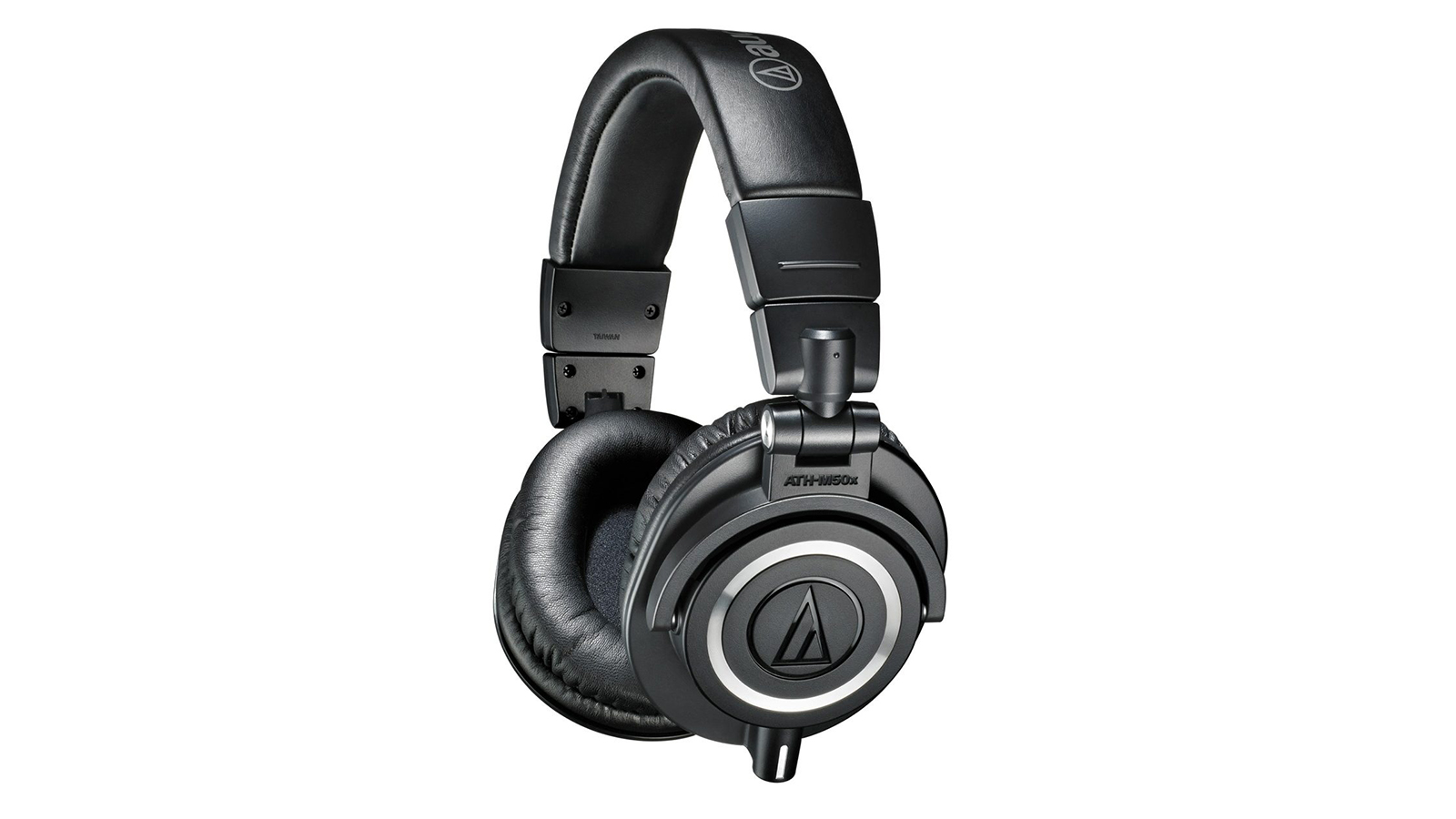
Audio-Technica ATH-M50x
Market-leading studio headphones delivering great sound, sumptuous comfort and a well-balanced response.
Beyerdynamic DT-990
Comfortable, premium-feel open-backed cans with a natural sound, super-wide stereo image and replaceable components.
On the standard version we tested, the slender, twin-core 1.5m cable feeds the right earcup and terminates in a gold-plated, right-angled 3.5mm stereo minijack connector which takes a bundled 6.3mm screw-on adapter. We found the standard cable to be a little short for some studio applications, such as drumming, so it’s worth noting that the Plus version includes an additional 3m, coiled cable.
Aside from the one swivelling ear cup, the standard model is a non-folding design, but is compact enough for this not to be too much of a worry, while the Light model has ear cups which can fold flat against your chest when worn around the neck. One thing we did miss on our test pair was any kind of indication which side was which – there’s no L/R labelling of any sort, and the headband logo is printed twice, once in each direction on either side of the split, so you need to figure out for yourself that red equals right!
With the HD 25’s strapped to your ears, you’ll be rewarded with spectacular sound and separation, a reasonable stereo image and clear and present audio reproduction across all frequencies from 16Hz - 22kHz. They aren’t flat by any means, however, with a pronounced bump between 100 and 200Hz and a bit of a dip and a wobble around 6-8kHz. This results in a clear, tight bass that packs a surprising amount of punch considering the size of the ear cups, together with a smooth top end absent of any harshness, but not lacking in detail thanks to another slight lift around the 10kHz mark.
As a result of this, there’s much debate about how suitable these cans are for mixing on, and how well tracks mixed using them translate to other systems. Headphones are such a subjective area, and so much is dependent on how much the response of one individual’s ear matches a particular model, that the debate will surely only continue. That said, the test mixes we performed using the HD 25’s did translate relatively well, despite the lack of flatness in the response.
We mixed basic projects in a range of genres from orchestral to EDM via rock and country, and the results were encouraging when we played them back on a range of systems including a premium in-car system, an Apple iPhone 11 speaker and a JBL portable bluetooth speaker. Despite that bass bump, there was still plenty of bottom end punch, mid-range clarity and top end detail across all systems. And as with any cans, their translatability should only improve as you get your head around – or in the middle of – their particular sound signature.
Hands-on demos
DJ Rick Webb
Home Studio Basics
Specifications
Frequency response: 16 - 22000 Hz
Total harmonic distortion: < 0.3 %
Ear coupling: Supra-aural
Jack connection: 3.5 / 6.3 mm stereo
Cable length: 1.5 m (HD 25 Plus: 1-3 m)
Transducer principle: Dynamic, closed
Weight (without cable): 140 g
Nominal impedance: 70 Ω
Load rating: 200 mW
Max. sound pressure level (active): 120 dB
Dave has been making music with computers since 1988 and his engineering, programming and keyboard-playing has featured on recordings by artists including George Michael, Kylie and Gary Barlow. A music technology writer since 2007, he’s Computer Music’s long-serving songwriting and music theory columnist, iCreate magazine’s resident Logic Pro expert and a regular contributor to MusicRadar and Attack Magazine. He also lectures on synthesis at Leeds Conservatoire of Music and is the author of Avid Pro Tools Basics.
“I used everything I knew about music”: How Green Day exceeded expectations with their most ambitious song
YouTube just added AI tools that makes musicians, library music and video editors redundant
“Every one of them said yes without hesitation": Hank Marvin and Roger Taylor have just remade a '60s classic for charity











